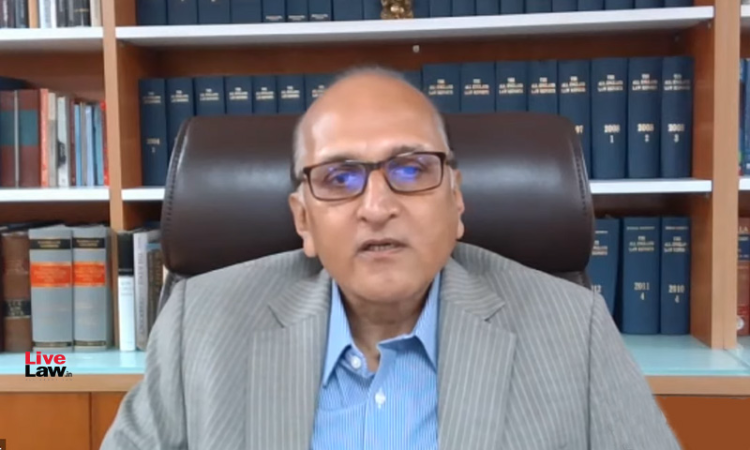To Achieve Gender Justice, It Is Critical That the Judiciary Avoid Stereotypes and Social Biases
LIVELAW NEWS NETWORK
26 May 2022 12:41 PM IST

Next Story
26 May 2022 12:41 PM IST
Here is the full text of Justice Ravindra Bhat delivered in an event organized by Beyond Law CLC Good evening: Justice Roshan Dalvi, Dr. Justice Vimala, Mr. Vikas Chatrath, organisers of this event, and all the participants joining us virtually for this webinar. I thank Beyond Law CLC for inviting me to speak on this topic, on the momentous occasion of the release of...
